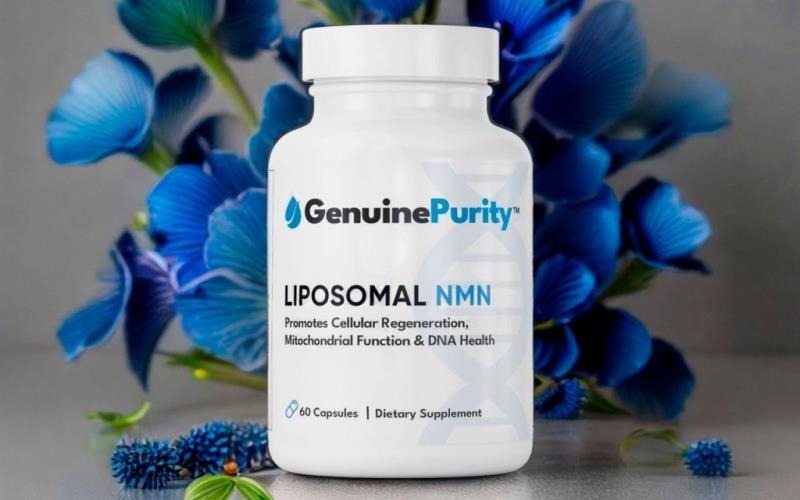Water is essential for life, and its purity is crucial for our health, well-being, and the environment. In today’s world, where pollution and environmental changes pose significant threats to our water sources, safeguarding the purity of this vital resource has never been more critical. This article explores the current challenges to water purity and highlights innovative solutions and practices to ensure the safety and cleanliness of our water.
The Modern Threats to Water Purity
The purity of water is continually challenged by a variety of pollutants ranging from industrial waste to agricultural runoff. In metropolitan areas like Melbourne, residents often turn to solutions like water filters Melbourne to ensure their drinking water is safe and clean. These filters help remove contaminants that are commonly found in urban water supplies, such as chlorine, lead, and other harmful chemicals. However, the challenge of maintaining water purity extends beyond individual efforts and encompasses global environmental issues.
Industrial and Agricultural Contaminants
Industrial discharges and agricultural runoff are primary sources of water pollution. These activities introduce a range of harmful substances into our water systems, including heavy metals, pesticides, and nitrates, posing serious health risks to humans and wildlife alike.
Plastic Pollution
Plastics, particularly microplastics, have become ubiquitous pollutants in our water bodies. These tiny particles are not only a direct threat to aquatic life but also enter the human food chain through water and seafood consumption, leading to various health concerns.
Emerging Contaminants
Pharmaceuticals, personal care products, and other emerging contaminants are increasingly detected in water sources. These substances, often not removed by traditional water treatment processes, represent a growing concern due to their potential impact on human health and the environment.
Innovative Solutions for Water Purity
Addressing the multifaceted challenges of water pollution requires innovative solutions and technologies. These include advanced water treatment systems, sustainable practices, and community engagement.
Advanced Filtration Technologies
Modern filtration technologies, such as reverse osmosis, activated carbon, and nanofiltration, are effective at removing a wide range of contaminants. These systems are increasingly used in both municipal water treatment facilities and home water filters to provide safe drinking water.
Natural and Constructed Wetlands
Wetlands play a crucial role in purifying water by filtering pollutants and sediments from runoff before it reaches larger bodies of water. Constructed wetlands are designed to mimic these natural processes and are used as cost-effective and sustainable water treatment solutions.
Rainwater Harvesting
Collecting and using rainwater can reduce dependence on ground and surface water sources, which are often subject to pollution. Rainwater harvesting systems, coupled with appropriate filtration units, can provide high-quality water for household use, irrigation, and other applications.
Regulatory Frameworks and Community Initiatives
Ensuring water purity is not only a technological challenge but also a regulatory and community issue. Effective laws and community participation are essential for protecting water resources.
Strengthening Water Quality Regulations
Governments play a crucial role in water purity by establishing and enforcing water quality standards. These regulations must be continuously updated to address new types of contaminants and to reflect the latest scientific research.
Community Monitoring Programs
Community-based water monitoring programs empower citizens to take an active role in safeguarding their water resources. These programs often involve collecting water samples and data, helping to identify pollution sources and impacts on local ecosystems.
Education and Awareness Campaigns
Educating the public about the sources and effects of water pollution, as well as ways to reduce water consumption and waste, is vital for fostering a culture of water stewardship. Awareness campaigns can motivate individuals and communities to take actions that contribute to water purity.
The Role of Technology and Innovation in Water Conservation
Innovative technologies not only help purify water but also ensure its efficient use, which is essential in regions facing water scarcity.
Smart Water Management Systems
Technologies such as smart meters and sensor networks enable more efficient water management by monitoring usage patterns, detecting leaks, and optimizing water distribution systems. These tools help conserve water and reduce the load on treatment facilities.
Water Recycling and Reuse
Advanced treatment technologies allow for the safe recycling and reuse of wastewater. Reclaimed water can be used for agricultural irrigation, industrial processes, and even as potable water after suitable treatment, significantly reducing the demand for fresh water.
A Collaborative Approach to Safeguarding Water
The purity of our water is a complex issue that requires a multifaceted approach, involving advanced technology, stringent regulations, community action, and global cooperation. By embracing innovative solutions and fostering a collective sense of responsibility towards water conservation and purity, we can ensure that this vital fluid remains safe and clean for current and future generations. As we continue to face global environmental challenges, the preservation of water purity is not just about maintaining health and well-being but is integral to the sustainability of our planet.


